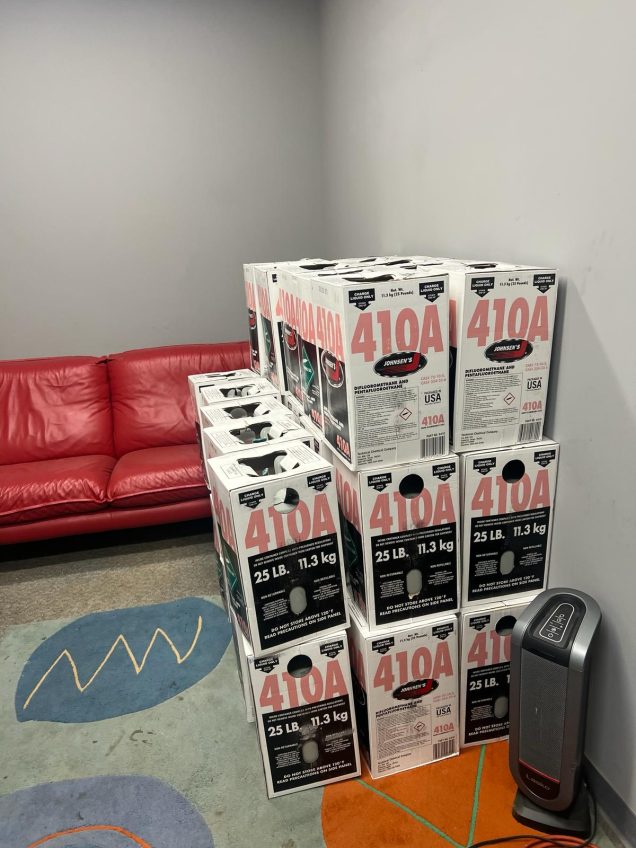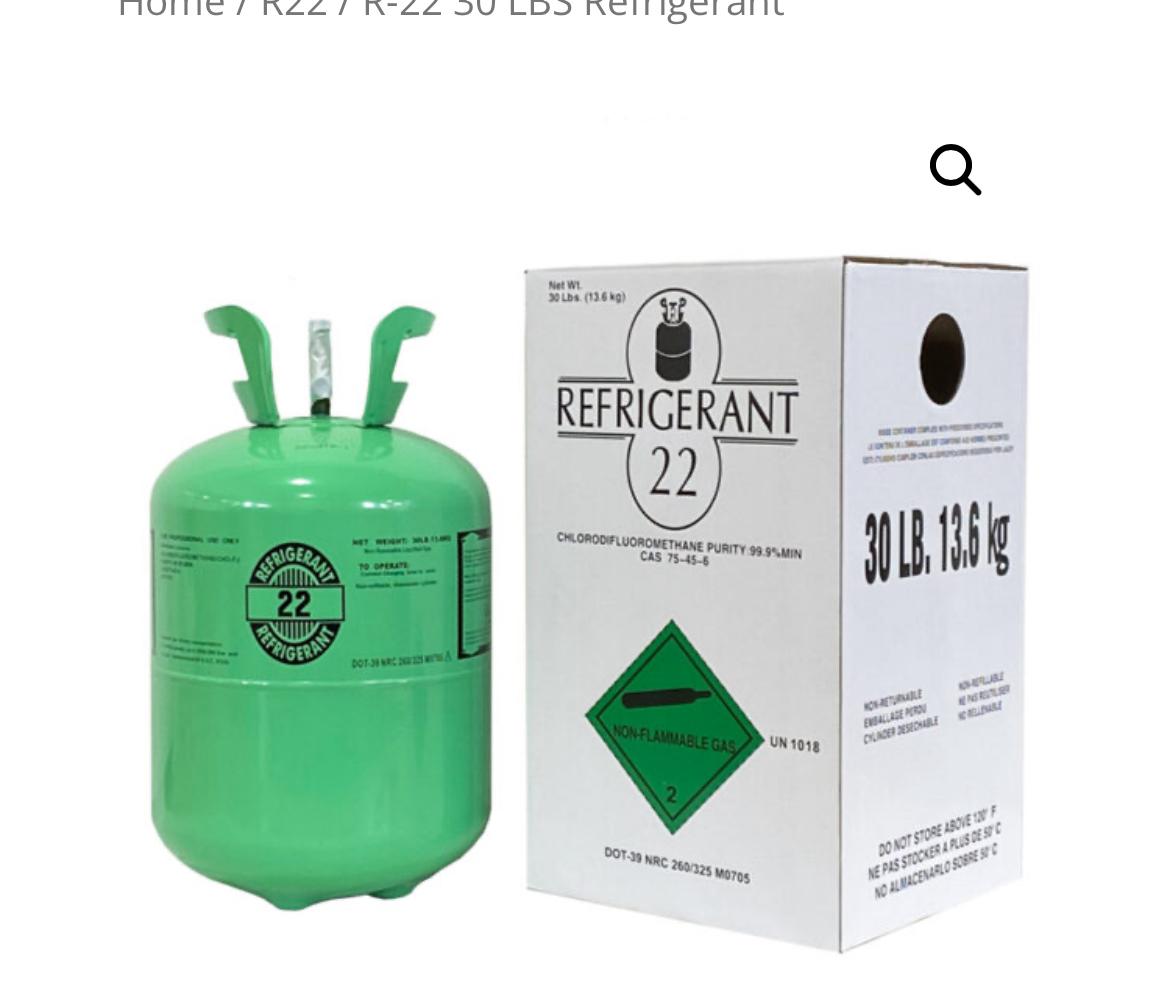Once R-410A began to be widely adopted in HVAC systems across the United States, both manufacturers and government agencies quickly recognized its detrimental impact on the environment. With a higher Global Warming Potential (GWP) than R-22, R-410A became a concern due to its environmental impact. As a result, there’s been a push to transition to refrigerants with lower GWPs, such as R-32 and R-454B.
**Clarifying Terminology:**
It’s important to note that the term “environmentally friendly” is somewhat misleading when it comes to refrigerants, as none are entirely benign once released into the atmosphere. However, selecting refrigerants with lower GWPs can help mitigate their environmental impact to some extent.
**Myths About R-410A Phase Out:**
There are some myths surrounding the phase-out of R-410A. Contrary to popular belief, the phase-out won’t happen overnight; instead, there’s a gradual transition underway, with a target to ban refrigerants with a GWP greater than 750 by 2025. This phased approach helps avoid sudden cost spikes and allows for a smoother transition.
**Price Concerns:**
Regarding concerns about price increases, while the phase-out may contribute to some extent, other factors like inflation and supply chain disruptions play significant roles. Factors such as rising metal prices, increased labor costs, and higher shipping expenses all contribute to potential price hikes for R-410A.
**Equipment Replacement Misconception:**
There’s also a misconception that equipment will need immediate replacement to comply with bans on R-410A. In reality, existing systems can be repaired and maintained well into their expected lifespan, which extends into the 2030s.
**Alternatives to R-410A:**
As for alternatives to R-410A, both R-32 and R-454B are emerging as replacements. R-32 boasts zero ozone depletion, a third of the GWP of R-410A, and superior energy efficiency. Meanwhile, R-454B offers higher heating efficiency, requires less refrigerant, and has a lower GWP than R-32. Both refrigerants are considered safe for most residential and commercial applications, despite being classified as flammable under certain conditions.













